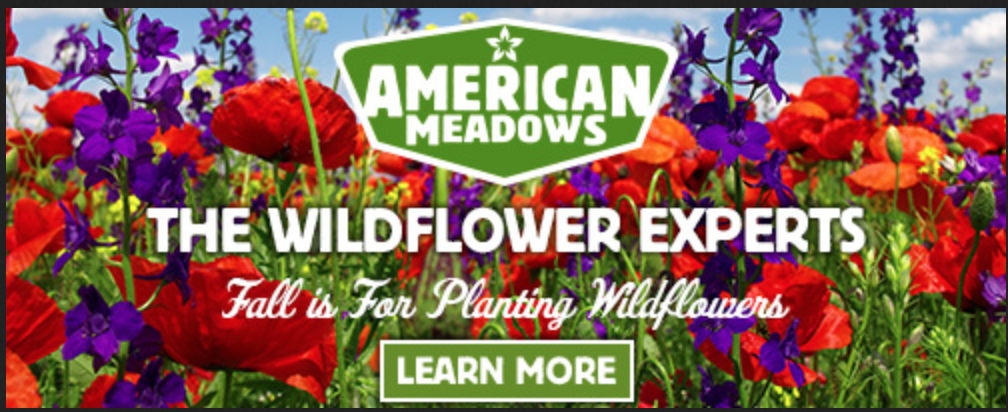Learn how to plant and grow daffodils in your yard and garden.
Listen to Podcast
How to Grow: Daffodils
Narcissus spp and hybrids
Other Name
jonquil
Sun Requirements
full sun, part sun
Bloom Period and Seasonal Color
Spring in colors such as yellow, white, gold and bi-colors
Mature Height x Spread
4 to 24 inches x 3 to 6 inches
Added Benefits
deer resistant
If you’re looking for an easy to grow, spring flowering bulb that returns faithfully each year, slowly spreading over time and doesn’t have problems with animals, choose the daffodil. Daffodils are known for their golden or white, trumpet-shaped flowers on lance-like leaves. There is also a broad range of varieties that feature bi-colored flowers in colors of pink, rose and green as well. The small flowered versions are often called jonquils. Some jonquils have a strong, sweet fragrance. Daffodils they can be planted in small groups in perennial garden or rock garden to in large swaths in a woodland or bank. I once planted 75 bulbs a year on a bank and in only a few years it was covered with yellow flowers each spring.
Where, When and How to Plant
Daffodils are hardy throughout our region. Plant bulbs in fall in a full to part sun location in well-drained, fertile soil. Select bulbs from the local garden center. Plant bulbs 2 to 3 times their diameter deep in compost-amended holes. Add a small handful of a bulb fertilizer per bulb. Plant bulbs in groups, spacing them 3- to 6-inches apart, depending on the size of the bulb. Plant smaller bulbs closer together.
Growing Tips
Mulch the area after planting in fall with a 2-inch thick layer of bark mulch to protect them through their first winter. Once established they won’t need protection. Let the foliage naturally yellow and die after the flowers fade to rejuvenate the bulb for next year’s blooming. Sprinkle bulb fertilizer around established plantings in fall.
Regional Advice and Care
Daffodils usually don’t need to be divided, but if they stop flowering, dig up the bulb in late spring, separate off any small bulblets that may have formed around the main bulb and replant all the bulbs in compost amended soil. Mice, voles, and chipmunks tend to avoid daffodils.
Companion Planting and Design
Plant daffodils in perennial flowerbeds next to other spring bloomers, such as bleeding hearts, iris, and peonies. Plant bulbs next to perennial flowers to cover up the daffodil’s dying foliage. The dying foliage can make the garden look unsightly. Plant also in woodland areas, on banks or in lawns. If planting in a lawn, don’t mow down the foliage until it yellows after the flowers fade.
Try These
Choose daffodil varieties based on flower color and bloom time, trying to plant early, mid, and late season bloomers to extend the bloom period. ‘King Alfred’ is a classic, large yellow variety. ‘Mt Hood’ is a similar white variety. ‘Thalia’ is a small flowered, white variety with a sweet fragrance. ‘Tete a Tete’ is a similar, small yellow flowered variety. ‘Precocious’ is a large, white variety with rose pink, frilly center. ‘Tahiti’ is a golden colored variety with flecks of orange in the double flowers. ‘Cheerfulness’ is a double flowered, white variety that offers more than one flower per stalk. ‘Paperwhites’ are white daffodils that are popular forced, or grown indoors in pots in winter.
Excerpted from my book, New England Getting Started Garden Guide.
Podcast Transcript
“I wand ered lonely as a cloud. That floats on high o’er vales and hills, When all at once I saw a crowd, A host, of golden daffodils; Beside the lake, beneath the trees, Fluttering and dancing in the breeze.” Ahh… William Wordsworth’s poem the “The Daffodils” is the exact imagine we want in our yards in spring. Waves of golden, white and bi-colored flowers dancing in the breeze naturalized on a bank, roadside, or meadow.
ered lonely as a cloud. That floats on high o’er vales and hills, When all at once I saw a crowd, A host, of golden daffodils; Beside the lake, beneath the trees, Fluttering and dancing in the breeze.” Ahh… William Wordsworth’s poem the “The Daffodils” is the exact imagine we want in our yards in spring. Waves of golden, white and bi-colored flowers dancing in the breeze naturalized on a bank, roadside, or meadow.
Daffodils are the most reliable spring flowering bulb to naturalize. Animals don’t like them, they’re more tolerant of clay soils than tulips, and they come back and slowly spread each year. While drifts of golden ‘King Alfred’ or white ‘Mount Hood’ daffodils are an amazing site, I’m particular fond of the bi-colored beauties. ‘Chromacolor’ has pure white petals and a pink corolla or cup. ‘Replete’ has a double flower with a mix of pink and white colors. ‘Vanilla Peach’ has vanilla colored petals with a frilly peach colored corolla. Try to plant just a few types of varieties for the most dramatic effect.
When naturalizing daffodils, think groups and big bulbs. Plant in an area that gets full sun in spring, dig out sizable holes in the sod and plant 5 or 7 bulbs per hole, adding a handful of bulb fertilizer. Scatter these holes randomly throughout the area. Large bulbs will flower the next spring and for many years to come, but smaller bulbs found in some naturalizing mixes may take a few years to grow to flowering stage. Each spring add more fertilizer and in time you’ll have the waves of daffodils William Wordsworth dreamed of.
From the Vermont Garden Journal on Vermont Public Radio


